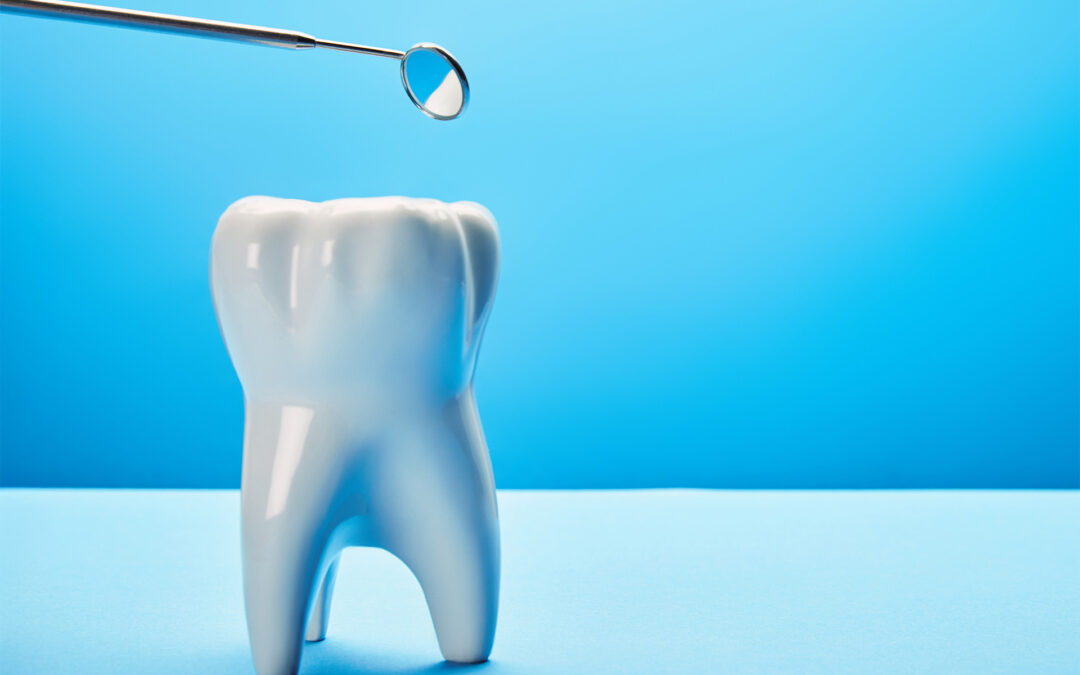Dental Amalgam in Your Teeth – What Should I Know?
One of the most frequent questions we receive at our dental clinic is about dental amalgams and health issues they might cause. I have heard many different concerns ranging from the way they look to someone saying the fillings interfere with their radio while driving! Therefore, it is important to clear up some of this misinformation so that patients can make a more informed decision.
Amalgam has been used in dentistry for over 150 years but has gone through several changes. Currently, amalgam is an alloy of different metals which usually consists of mercury, silver, tin, copper and other trace metals. Amalgam has been a reliable restorative material in dental fillings and is still known today for its strength, low cost and durability. Recently, however, the popularity of amalgam has diminished due to aesthetics, environmental concerns, health, and the availability of improved, reliable, composite (white) fillings..
Health-wise, the main concern is the mercury content of amalgam and how much is released from them. Mercury, when exposed in large amounts, is a poisonous metal. However, we are all exposed to it every day through air, water, soil and food. On average, an adult absorbs approximately nine-millionths of a gram per day of mercury. Mercury absorbed from these sources accumulates in body organs, such as the kidneys, brain, lungs, liver and GI tract. Dental amalgams do contribute to this level due to a minute amount of mercury vapour being released, especially during chewing. It is estimated that amalgam restorations release about three-millionths of a gram per day of mercury. However, it should be stressed that no harmful effects are known to be caused by this amount of mercury release from amalgams. So there’s no need to panic and to run out to have all your amalgam fillings removed. Fillings should only be replaced if they are failing or need replacing.
Now if there are such concerns over the use of amalgams, how come dentists still continue to use them? That’s because there has not been any scientific evidence submitted that shows significant risks with continued use. And because of the fact that amalgam is a strong, durable and cost-effective material, many dentists (and insurance companies) insist on using it in posterior teeth. Of course, if you have an allergy to certain metals in the amalgam then they should be avoided completely. However, if you do have concerns, alternatives such as composite (white) fillings have come a long way and are quite predictable. They offer very good strength, durability and amazing aesthetics, and eliminate any concerns a patient might have about mercury exposure. As always it is best to sit down with your local dentist and discuss your concerns and opinions and develop a dental plan which is right for you.

